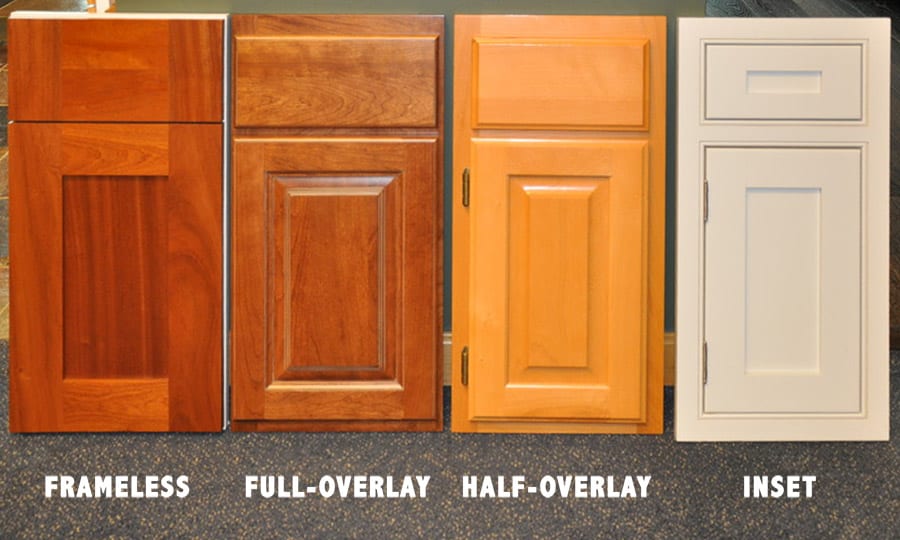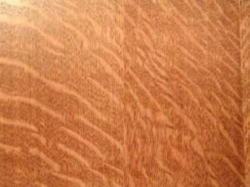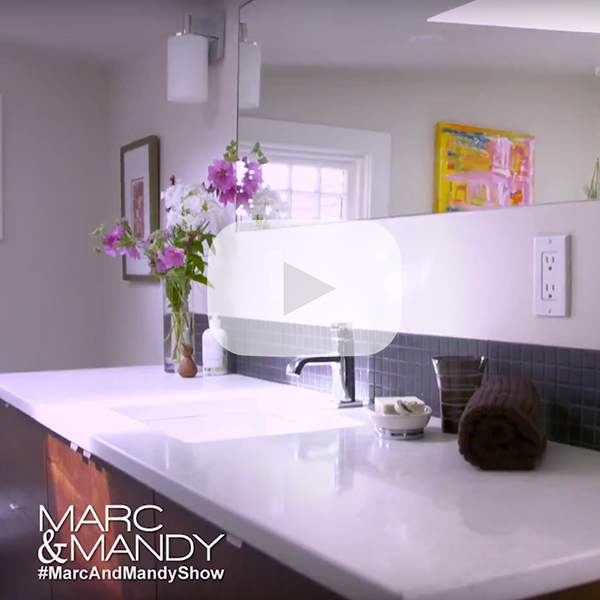There are so many styles of kitchens – cottage, farmhouse, modern farmhouse, craftsman, rustic, transitional, modern, French, Italian, eclectic, Mediterranean. However, they all fall into 2 main categories – Traditional and Contemporary. Your dream boards will show you the direction that you are headed. There are multitude of ways you can personalize things to your needs, and kitchen cabinetry is a good place to start.
What is the difference between Traditional and Contemporary?
Traditional kitchens usually have more decorative elements like crown moldings, whereas contemporary kitchens usually have cleaner, sleeker lines. Timeless kitchens are usually are a bit of a traditional/modern hybrid and don’t happen to follow the trend of the day.
Most kitchens these days are what we call fitted, which means that they are mounted to the walls and run floor to ceiling around the perimeter of the room. Olden day kitchens had stand alone cookers, a central table, and armoire style cabinetry.
Main Categories for Quality and Customization
There are 3 main categories:
1. Modular/Big-Box
- Often flat packed with tools included to allow a homeowner to assemble it themselves.
- Cabinets only come in incremental sizes, usually 2”-3” from one size of cabinet to the next, so at the end of the run or length of wall there is often a wide gap that no cabinet will fill. Therefore, you end up with a bit of wasted space and large filler panel will be needed.
2. Custom modular
- Made in a cabinet shop, so you are able to customize your sizes a little more, but maybe not their detailing as much.
- This is often a popular style of cabinetry and you’ll see it in most condominiums and a lot of homes.
3. Fully customized
- Everything from dimensions to fine detailing can be fully customized. This would be more like a furniture grade.
- Uses more traditional styles of joinery, such as dados, rebates, tenons, biscuits, and dowels. If not, it should be glued, clamped and probably screwed together.
- The quality should be top level at this price, and you will pay considerably more.
Within these categories there are a few different construction styles that impact the fit and finish, as well as the price point. Doors and drawers interact with the carcasses in different ways and affect how the cabinets are assembled.
A carcass is what you see when you open your doors. It is comprised of a top, a bottom, sides and often a back.
Doors can be fitted onto the cabinetry in different ways:
- Full overlay – the doors and drawers fully cover the carcass/frame components – the sides, the tops, and the bottoms (= the most common choice these days and your best value for the dollar)
- Half overlay – the doors and drawers partially cover the frame (= not a popular design choice)
- Inset – the doors sit inside the carcass frame
- Face frame – a wider wood frame, about 1-1/4” to 1-1/2” wide, is applied to the cabinetry, and then the door itself is inset into that frame, with a small gap that goes around it (= the most traditional and by far the most expensive choice)

The Components of Cabinetry:
1. Door/Drawer Styles
Shaker style: popular, can be traditional or contemporary
Raised panel: very traditional, includes all kinds of embellishments/ beading, can be different shapes, edges can be altered as well with detail.
Flat or slab panel: far contemporary, modern style, and budget-friendly as it’s fairly simple.
2. Carcass (cabinet interiors)
Commonly white melamine – but other colours and wood grains too
Pre-finished plywood – often maple or birch
We prefer pre-finished plywood – here’s why:
- It’s lighter and a lot less dusty to work with.
- It’s more stable to drill into compared to particle board.
- Hinges won’t come loose over time.
- Plywood is better for moisture – won’t bulge from a small amount of water
- Looks nicer and more luxurious
3. Drawer boxes
- We prefer a solid maple dove-tailed
- Plywood with a locking joint is simpler but is a little tricky to find.
- Melamine that is nailed together is budget friendly, but won’t last over time.
- Metal sided custom box – you’ll see a lot of that in European cabinetry, it comes in from Europe, Italy, very expensive.
4. Materials
Wood comes in a variety of species and cuts. Common species include Cherry, Oak, Maple and Mahogany. Choose a harder wood to withstand wear and tear, rather than a soft wood like Pine which dents easily. The cut is the way that the tree is machined into planks, and it affects the look of the grain.
- Flat or plain sawn – more of a wilder grain.
- Cathedrals – very popular in the ’70s with Oak
- Rift cut – straight grain
- Quarter sawn – straight grain as well but it can show rays or flecks in the wood. Common in White Oak.


- Paint grade – a wood like a Poplar or Maple is very smooth to paint over, or Medium Density Fiberboard (MDF)
- Vinyl, thermofoil, laminate – these materials can be high gloss to meet a very modern aesthetic.
5. Finish
Paint vs Natural wood
Pros: It lightens up the space and is easy to clean
Cons: It’s not easy to fix dings and scratches in paint, and you notice it right away. Scratches on wood blend in over time and are much easier to fix with a touch-up stick or a bit of oil. Cracking in the paint can occur at the joints due to slight movement in the wood from seasonal changes in humidity.
6. Hardware
- European – mostly comes from Germany.
- Self/soft closing, full extension slides for your drawers.
- They are usually, undermount but in the past you can get them on the side. Right now, everyone is doing the undermount and they’re fabulous because you don’t see them, and you get a maximum width and depth in your drawer.
- Traditional – butt hinges and wood-on-wood slides for drawers
- Butt hinge is really traditional and more expensive but you’re going to have to close and open it on your own every time.
- Specialty – endless these days.
- Blind corner cabinets.
- Pull-out pantries.
- Drawer organization, pan dividers, spice drawers.
- Decorative – knobs, handles, the bits that you actually see
Something to keep in mind when you’re shopping is that if you fall in love with a knob that’s $9 or $10, it can get pricy when multiplied by the number that you actually need!
What are most people choosing these days?
- Shaker doors
- Cherry, Oak, Painted doors
- Mixed materials – an island or peninsula might have a different wood or finish to give it some personality
- Drawers in lower units, or pullouts behind doors
- Narrow, full height pantries to house cereal boxes
- Upper cabinets extended full height, right to the ceiling
For more information, check out our podcast All Things Renovation at www.AllThingsRenovation.com or click on the Podcast page at www.woodbeart.com. The second series of episodes focuses on kitchen renovations.
For photos of our work click on https://woodbeart.com/our-work


